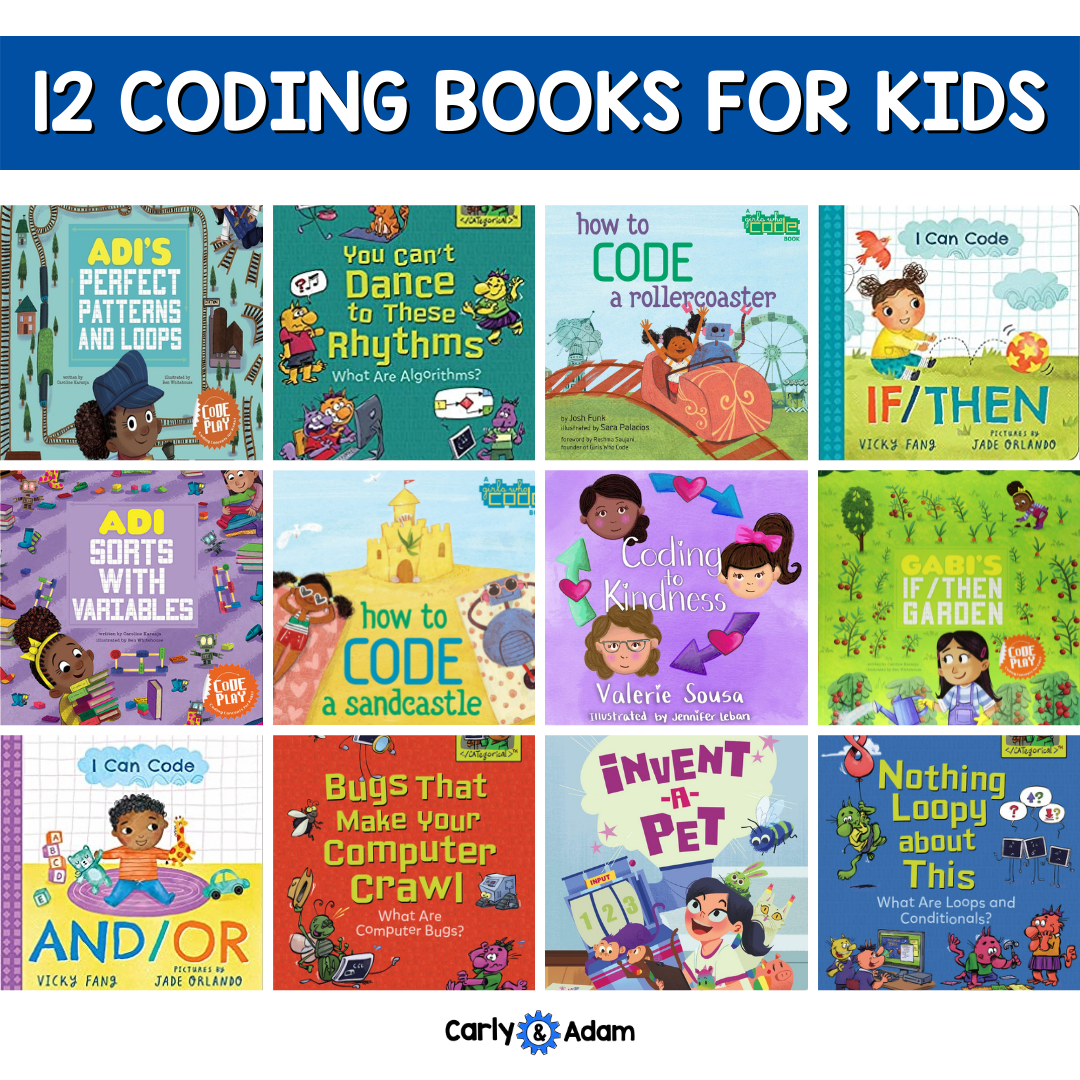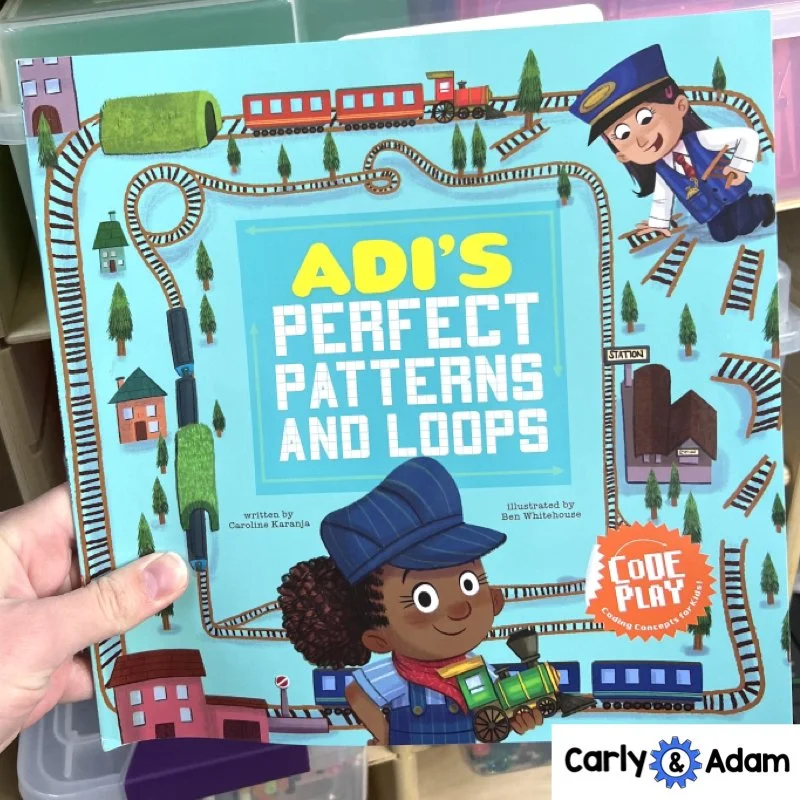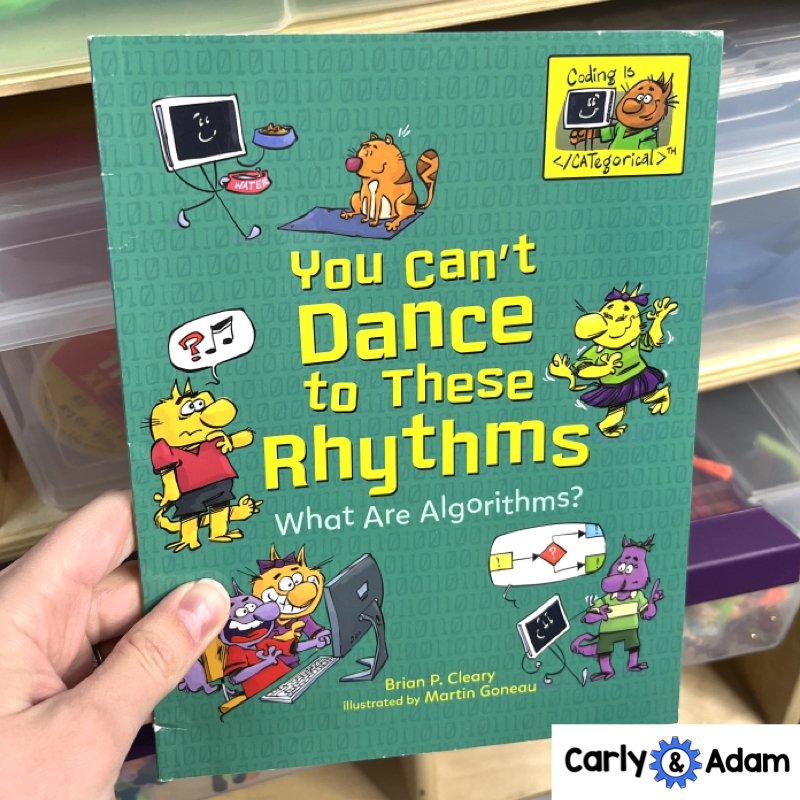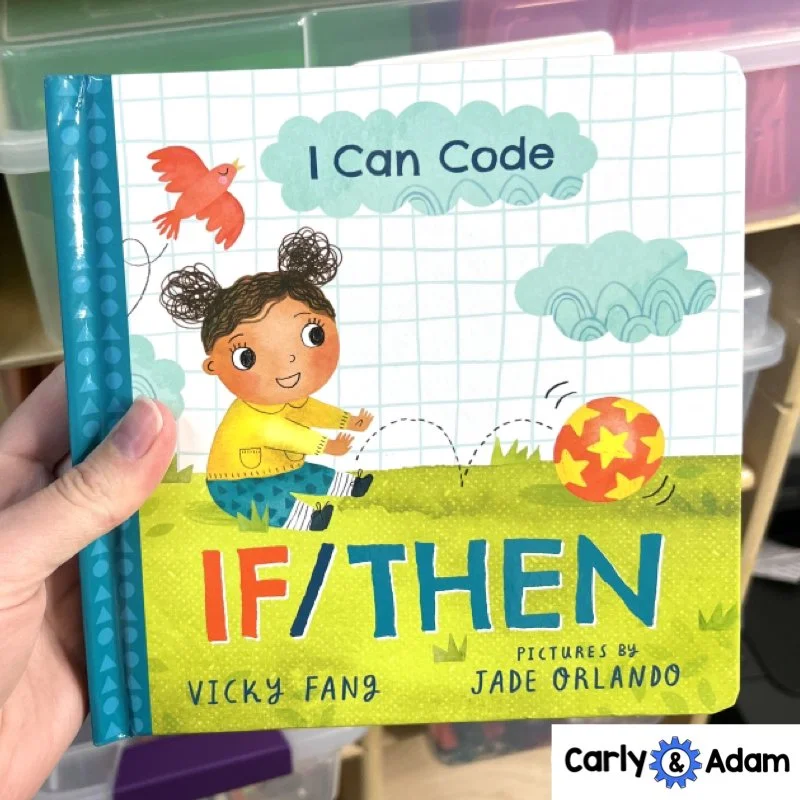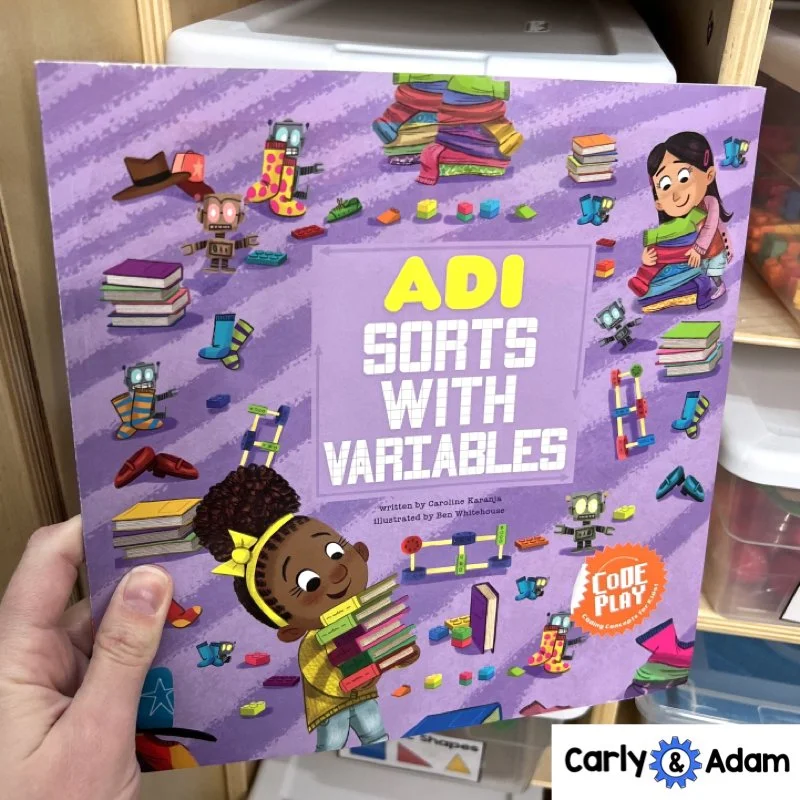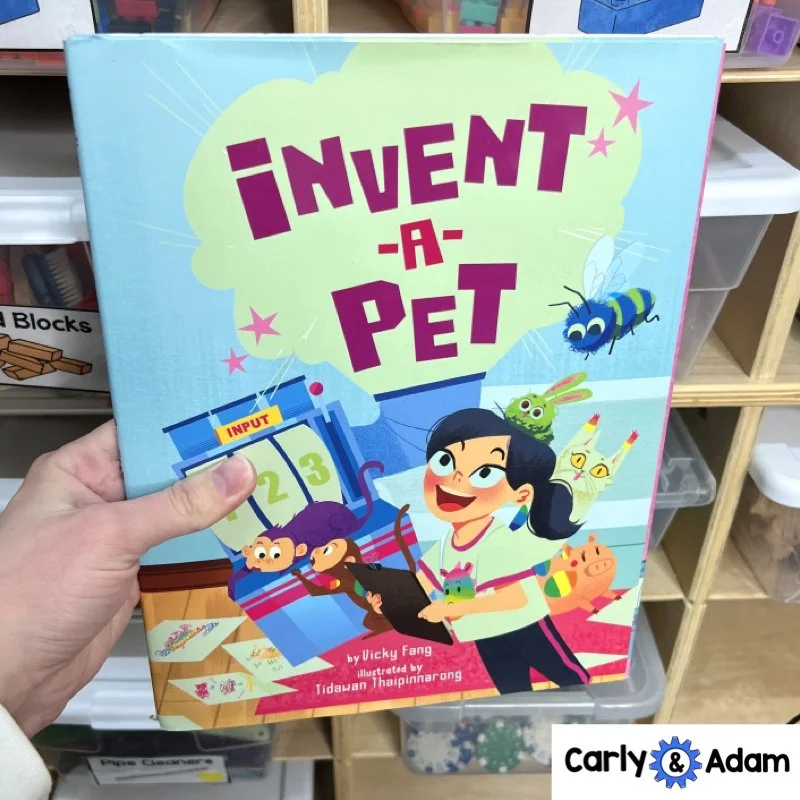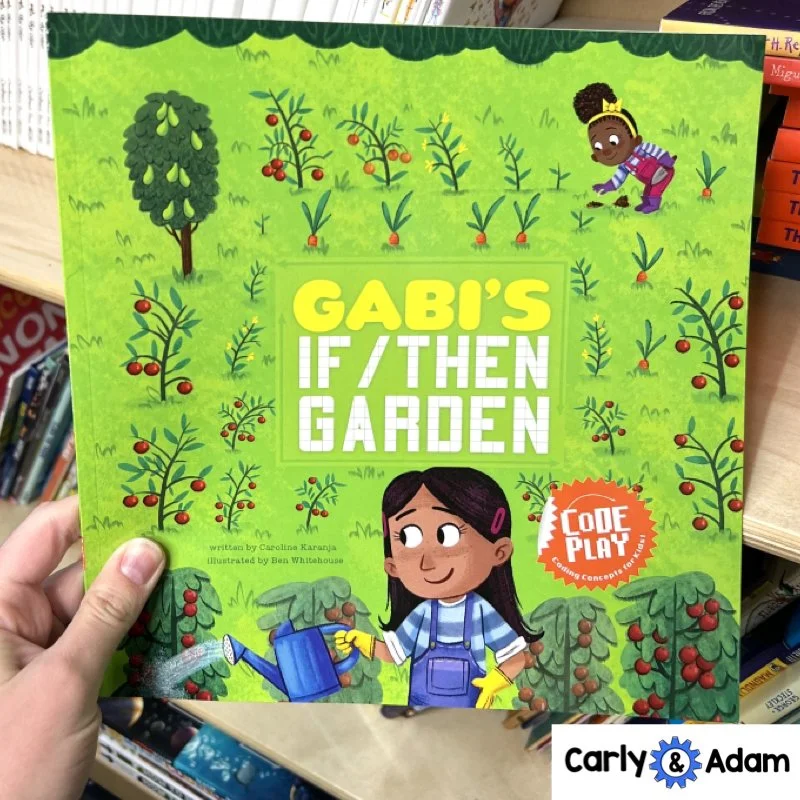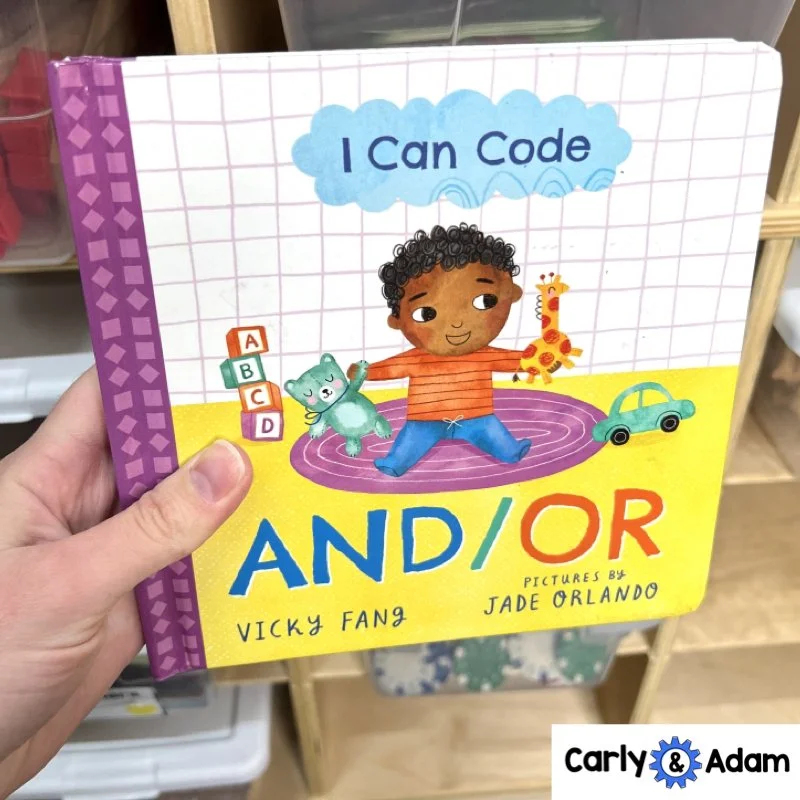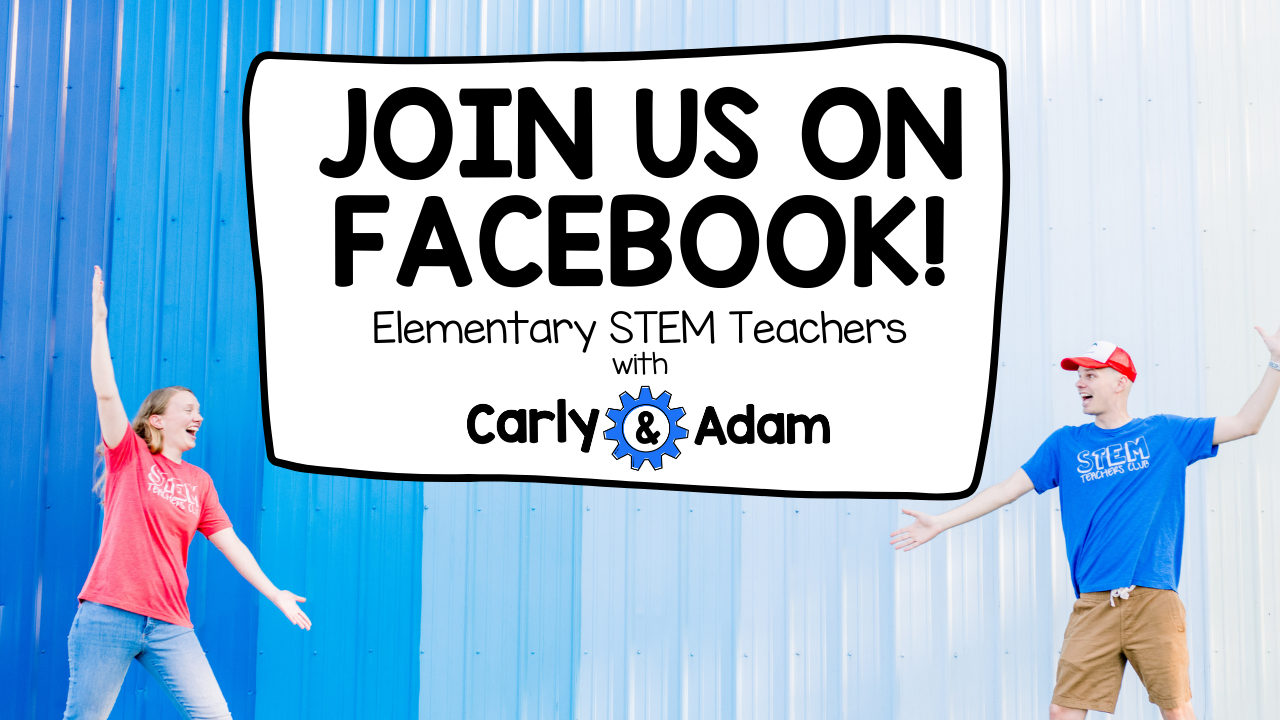12 Books to Teach Coding to Kids
*This blog post contains Amazon affiliate links. By clicking on the links and making a purchase, we may receive a small commission at no additional cost to you.
12 Books to Teach Coding to Elementary Students
Getting started with coding in the classroom doesn’t have to be scary or intimidating! You don’t have to have a background in computer science to teach it, and you don’t even need expensive robots or technology to get started! If you are just getting started teaching coding check out this post with the first 3 lessons we recommend teaching.
When starting to teach basic coding concepts it is best to move from concrete to abstract. Adding a read aloud to your lessons is also a great way to make coding concepts more understandable to elementary students. There are countless choices when it comes to amazing books to help teach coding in your elementary classroom. To get you started, we’ve put together a list of 12 books to teach coding to kids:
12 Books to Teach Coding to Kids:
Adi’s Perfect Patterns and Loops by Caroline Karanja
You Can’t Dance to These Rhythms: What Are Algorithms by Brian P. Cleary
I Can Code: If/Then by Vicky Fang
Coding to Kindness by Valerie Sousa
Adi Sorts With Variables by Caroline Karanja
How to Code a Sandcastle by Josh Funk
Invent-a-Pet by Vicky Fang
Bugs That Make Your Computer Crawl: What Are Computer Bugs by Brian P. Cleary
How to Code a Rollercoaster by Josh Funk
Nothing Loopy About This: What Are Loops and Conditionals? By Brian P. Cleary
Gabi’s If/Then Garden by Caroline Karanja
I Can Code: And/Or by Vicky Fang
Adi’s Perfect Patterns and Loops
Adi’s Perfect Patterns and Loops by Caroline Karanja is the story of two best friends who team up to create solutions to repetitive tasks they’ve observed. After observing the mailman, the bus driver, and their toy train going around the track, the girls become coding creatives to create a loop that helps the train work smarter, not harder.
You Can’t Dance to These Rhythms: What Are Algorithms
These cats know how to create an algorithm in the story You Can’t Dance to These Rhythms: What Are Algorithms by Brian P. Cleary. This story offers real-life examples of how algorithms are part of our everyday lives.
I Can Code: If/Then
I Can Code: If/Then by Vicky Fang is the story of coding and consequences. It’s the perfect story for even the youngest computer scientists. This interactive storybook teaches coding, logic, and cause and effect in an easy-to-understand way. A regular trip to the park turns into a fun learning adventure.
Coding to Kindness
Coding to Kindness by Valerie Sousa is about three friends who sometimes get into disagreements. As they navigate these sticky situations, this interactive picture book allows friends to use coding to find solutions.
In Coding to Kindness, the characters use the directions and sequence of their code to listen to each other, share with one another, and solve problems. Just like friendships, coding takes multiple steps before the code. Each step we take towards being kind to others helps to build our friendship with them.
Adi Sorts With Variables
Adi Sorts With Variables by Caroline Karanja is the story of two best friends who solve a problem using coding. It's time to clean Adi's room! If only a computer could do it for her! That gives Adi and her best friend Gabi an idea - think like a coder! These scientific thinkers put on their computer coding caps and make cleaning up easy by sorting with variables!
How to Code a Sandcastle
How to Code a Sandcastle by Josh Funk is the story of Pearl. She has been trying to build a sandcastle every single day of summer break, but something always destroyed it. One day she decides to bring her robot, Pascal, to help. It turns out, Pascal doesn’t know how to build a sandcastle, so she has to break it down for him. Follow along with Pearl as she teaches Pascal to build the perfect sandcastle using coding concepts.
Invent-a-Pet
Invent-a-Pet by Vicky Fang is a story about Katie who is on a mission to find her perfect pet. She’s looking for something far more extraordinary than a goldfish. In this picture book, Katie’s mom gifts her a machine to help her build a one-of-a-kind pet. Katie introduces basic STEAM and coding concepts…and some pretty silly animals, too.
Bugs That Make Your Computer Crawl: What Are Computer Bugs
Bugs That Make Your Computer Crawl: What Are Computer Bugs by Brian P. Cleary is the story of cats who can code. Computer bugs come to life with playful rhyming verse and goofy illustrations. Readers will learn about types of errors that can bring a computer to a crawl. And they'll discover these bugs aren't so scary―all thanks to debugging!
How to Code a Rollercoaster
How to Code a Rollercoaster by Josh Funk is the story of Pearl and her robot, Pascal. Your students can follow along with these two friends as they share different coding concepts while adventuring through the amusement park.
Nothing Loopy About This: What Are Loops and Conditionals?
Nothing Loopy About This: What Are Loops and Conditionals? by Brian P. Cleary uses cats, rhyming, and fun illustrations to teach about loops and conditionals. This story is full of everyday life examples that are relatable.
Gabi’s If/Then Garden
In the book Gabi’s If/Then Garden by Caroline Karanja two best friends are helping to plant a garden. Gabi and Adi use their coding knowledge to make working in the garden more fun and productive. Their if/then statements help them decide exactly what they need to do next to help harvest the garden.
I Can Code: And/Or
I Can Code: And/Or by Vicky Fang is a great book to introduce coding concepts to even your youngest computer scientists. This story teaches concepts like logical operators and true/false statements in an easy-to-understand language for younger learners.
Teaching Coding to Elementary Students
Getting started with coding in your elementary classroom doesn’t have to be scary or intimidating. By adding a read aloud to your lesson you increase the likelihood that students will understand and remember the concepts.
Get started today with our intro to directional coding activities and intro to binary coding and help your students become creative problem solvers prepared for jobs that don’t even exist yet!
For more STEM ideas, inspiration, and collaboration with other STEM teachers be sure to join our FREE Facebook group Elementary STEM Teachers with Carly and Adam!
We hope you have found this blog post helpful. To stay connected with Carly and Adam's teaching tips and classroom freebies be sure to follow us on Facebook, Pinterest, Teachers Pay Teachers, and subscribe to our blog!

